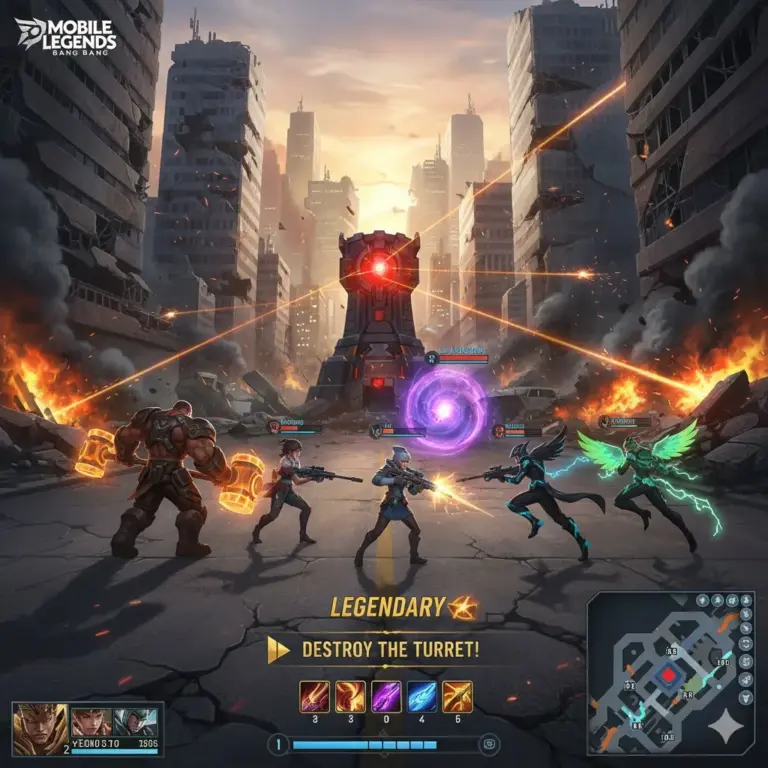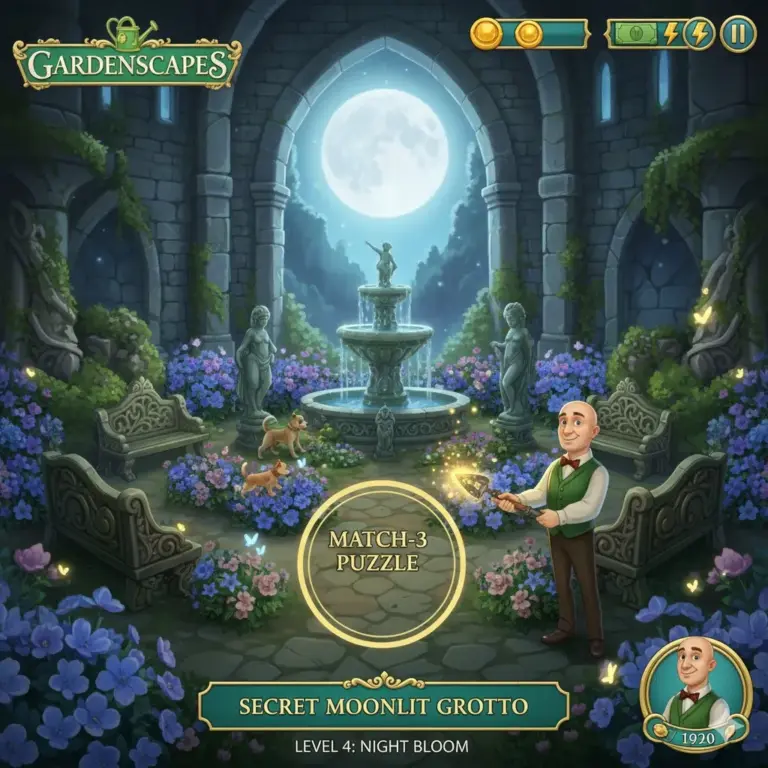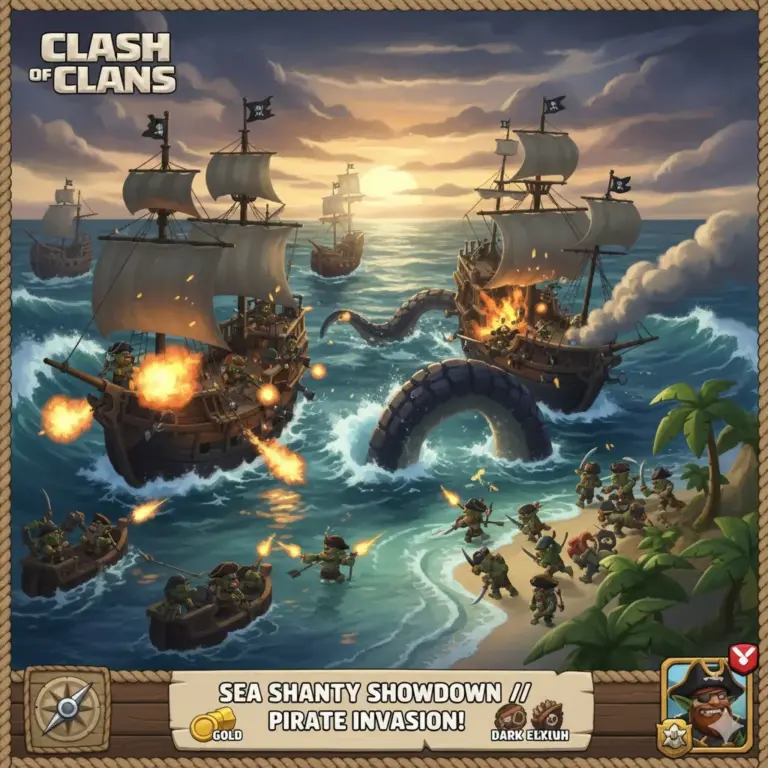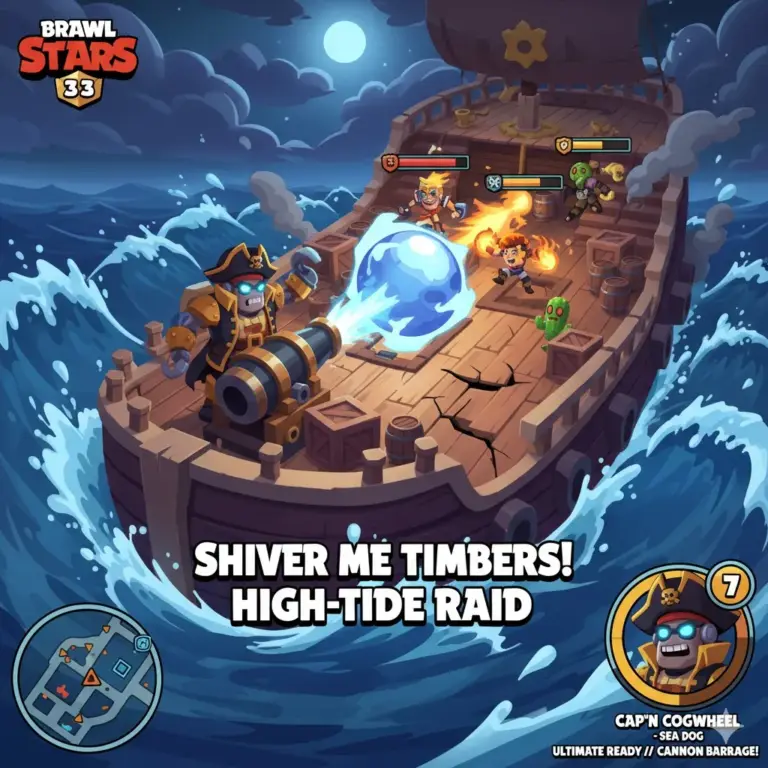Introduction – Why Candy Crush Saga Still Matters
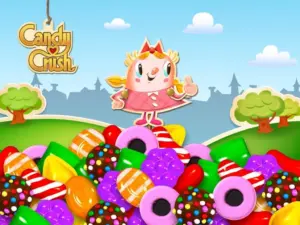
Released by King in 2012, Candy Crush Saga quickly became a global phenomenon in the mobile gaming market. According to reports, it has been downloaded billions of times and remains one of the most enduring casual games in existence.
Nearly fifteen years in, many might ask: “Why does Candy Crush Saga still matter?” The answer lies in its perfect combination of accessibility, escalating challenge, social features and constant updates. It’s more than just matching candies—it’s become a habit, a social connector, and for many, a daily ritual.
In this review, we’ll explore the gameplay, graphics & sound, monetization model, community & social elements, pros & cons, and ultimately whether Candy Crush Saga is still worth your time in 2025.
Gameplay – Simple to Learn, Hard to Master
At its core, Candy Crush Saga is a match-3 puzzle game: swap adjacent candies to form lines of three or more matching candies, trigger special candy effects, accomplish level goals (clear jelly, collect ingredients, break blockers) within a set number of moves or time.
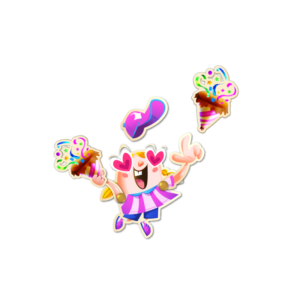
What keeps players engaged:
Clear visual feedback: When you match 4 or more candies, you earn a special candy (striped, wrapped, colour bomb) that can trigger chain reactions.
Layered challenges: While early levels are straightforward, later levels incorporate jellies, licorice, chocolate, conveyor belts, “bomb” timers and other mechanics.
Frequent new levels: King releases hundreds of new levels regularly, ensuring there’s always “just one more level”.
Social mechanics: Lives can be shared (or requested) via Facebook friends, enabling a social dimension beyond solo play.
What distinguishes it from other match-3 games:
Pacing and rhythm: Candy Crush isn’t too fast; the game is built to slot into a few minutes of play, making it highly accessible.
Visual charm & sound design: The bright candy colours, satisfying animation of matches/explosions and cheerful audio cues create an addicting feedback loop.
Events and meta-systems: Beyond basic levels, themed events, leaderboards and special challenges raise the engagement level.
However, the loop is not purely positive. There are design choices tailored to retention (and monetization) that some players find frustrating. For example:
“One user on Reddit wrote:
‘I’ve been stuck for 5 days on 1 level … It’s freakin’ rigged to make you pay.’”
This tension between “easy to start, hard to continue” is central to understanding Candy Crush’s design.
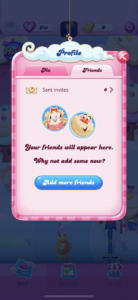
Graphics & Sound – Sweet Visuals That Stick
Candy Crush Saga’s aesthetic is deceptively simple, yet highly polished. The candy-themed visuals are colourful, playful and instantly recognisable. According to reviews:
The graphics are “bright, appealing and engaging”.
The audio complements the visual design with cheerful music, satisfying match-sound effects, and level-complete fanfare.
Because the game emphasizes clarity and reward feedback (candies exploding, matches chaining, level completion celebrations), the sensory design plays a huge part in retention.
In 2025, while some mobile games push ultra-high-fidelity 3D graphics, Candy Crush wisely sticks to 2D/2.5D simplicity—which suits its casual nature and broad demographic (including non-hardcore gamers). This design ensures it remains accessible on a wide range of devices without steep performance demands.
Monetization & Business Model – Fun for Free, But With Strings Attached
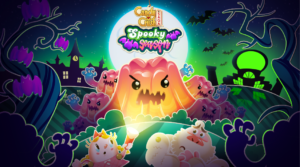
Candy Crush Saga is free to download and play; however, its monetization model features several key mechanics:
Finite lives: When you fail a level, you lose a life. Lives regenerate after time or can be requested/shared from friends.
Boosters and extra moves: Players may purchase or use earned boosters to overcome difficult levels.
In-app purchases (IAPs): Players can buy gold bars, extra lives or special bundles.
Research indicates that while Candy Crush is not the most aggressive monetization title, some levels are designed with notable difficulty spikes that encourage spending.
From a business standpoint:
Candy Crush’s longevity and massive user base translate into continuous revenue streams (downloads, micro-transactions, ads).
The game manages to retain players by offering new content regularly, rather than relying purely on upfront purchases.
From a player standpoint:
You can play for free and enjoy hundreds (maybe thousands) of levels without buying anything.
However, for higher tiers, extremely difficult levels and time-gates can make progression slow unless you either spend money or are patient and strategic.
In summary: Candy Crush offers a fair balance for casual players but becomes more monetization-intense for competitive or completion-driven players.
Community, Social & Ongoing Support
One of Candy Crush Saga’s strengths is its social and community features:
Leaderboards and friends competition help create a layer of social comparison and friendly rivalry.
Events, themed episodes and seasonal content (e.g., holiday levels) increase variety and community engagement.
The game’s presence on multiple platforms (iOS, Android, Facebook) allows synchronization and continuity across devices.
bestgameratings.com
On the community side, player feedback remains mixed:
“I’ve been playing … 500 levels and I’m stuck … it’s a giant scammy boring game.”
“I play every day and never spend money… but I eventually went through levels in 1-2 years.”
Nevertheless, Candy Crush’s cultural impact is significant. It has become part of everyday mobile game culture, referenced in media, used for casual breaks, and enjoyed across a wide demographic spectrum (young, older, casual, hobbyist).
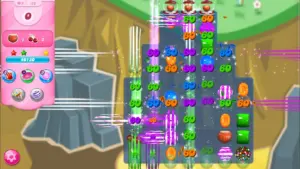
Strengths & Weaknesses
✅ Pros
Extremely accessible: easy to learn, hard to master.
Engaging feedback loop: satisfying visuals/sound, chain reactions, level completion feels rewarding.
Huge library of levels with constant updates: little risk of “run out of content”.
Strong cross-platform and social integration.
Suitable for casual play in short bursts (commutes, breaks).
❌ Cons
Repetitive mechanics: after many hours, some players feel “same patterns” repeating.
Monetization pressure: difficulty spikes and lives/time-gates may frustrate free players.
For completionists: progression can feel slow, especially at high levels.
Some levels may rely more on randomness than skill (cascade effect, lucky board layouts) which can frustrate strategic players.
Tips & Tricks for Players
If you’re diving (or re-diving) into Candy Crush Saga in 2025, here are some strategies to get more value:
Focus on creating special candies: Striped and wrapped candies, colour bombs are key – try to align these rather than just any three-match.
Save boosters for “stuck” levels: Don’t use them on early levels you can pass with retries; save for later difficult ones.
Utilize lives wisely: If you fail too many times, take a break—returning fresh may give you different cascades.
Join friends or link platforms: Social connections help you gain extra lives and feel part of a group.
Treat the game as short-burst entertainment: Perfect for 5-10 minute sessions rather than marathon gameplay.
Is Candy Crush Saga Still Worth Downloading in 2025?
Yes — if you are looking for a casual, rewarding, low-commitment mobile game that you can pick up and drop, Candy Crush Saga remains one of the best in its category.
Its unmatched longevity, massive level catalogue, and social features mean you’ll never really “finish” it—and that’s part of the appeal for many.
However, if you’re a player seeking deep mechanics, competitive matchmaking, or uncompromising fairness (no monetization-based difficulty spikes), you may find it limited or even frustrating in the long run. The game is built around retention and monetization as well as fun.
⭐ Final Rating: 8.7 / 10
Verdict: A timeless match-3 classic that still delivers sweet fun in 2025—just be aware of its monetization and difficulty design as you climb higher.
